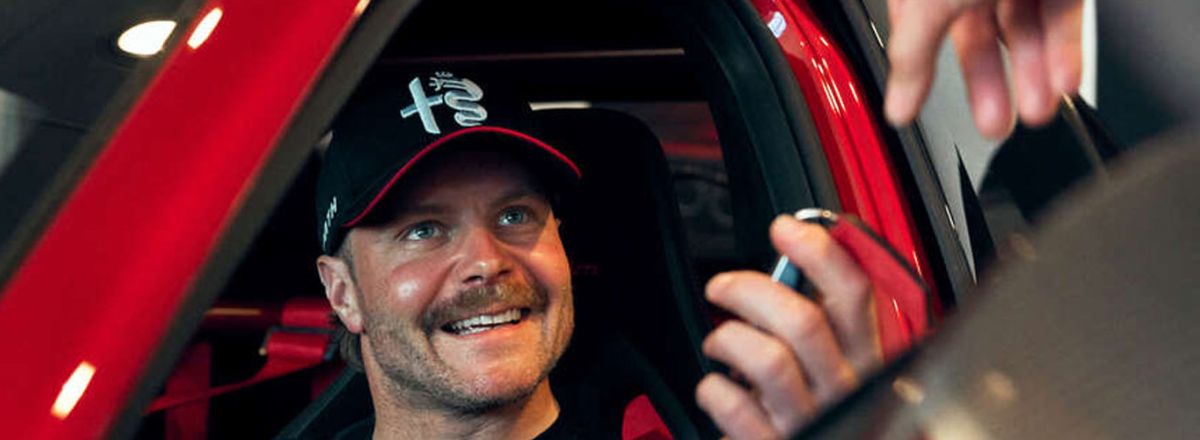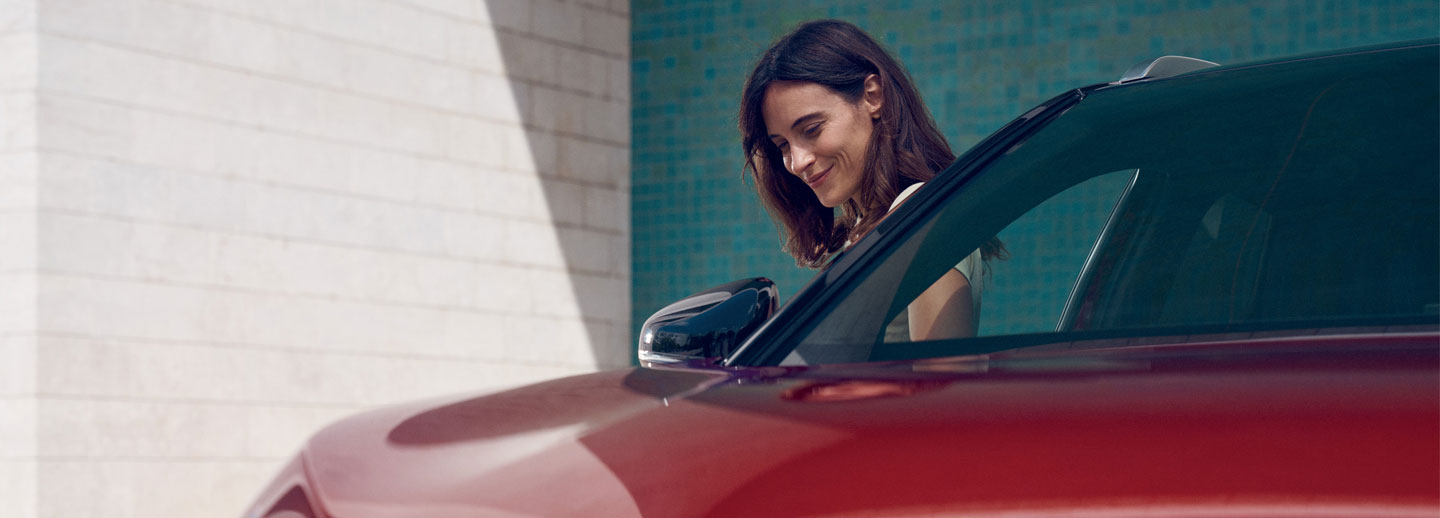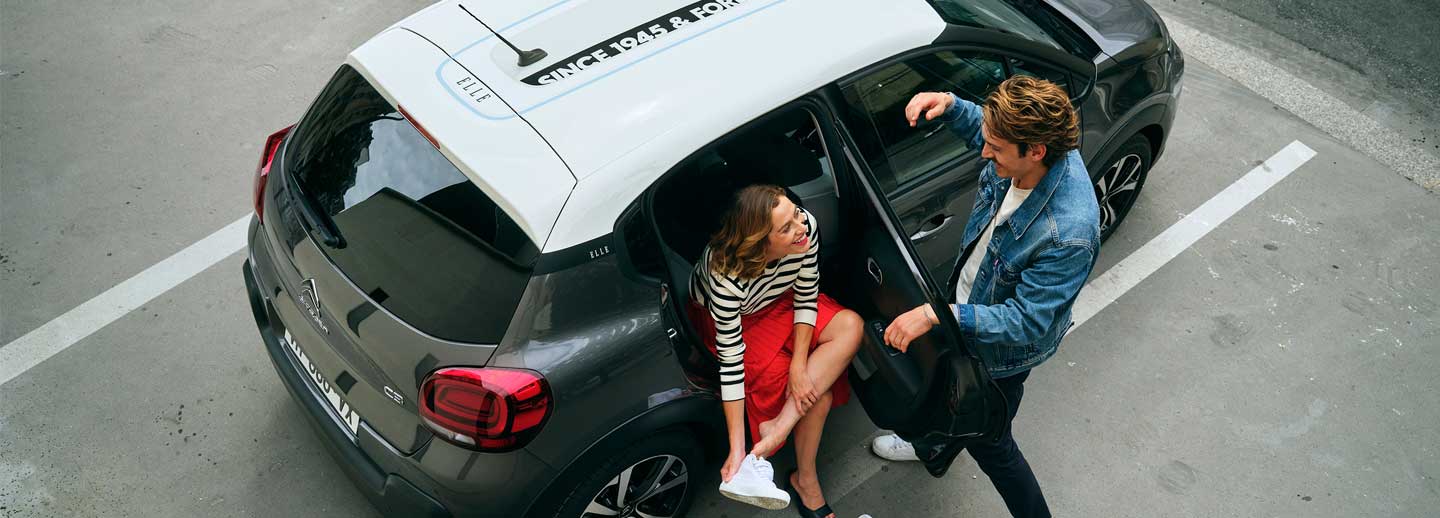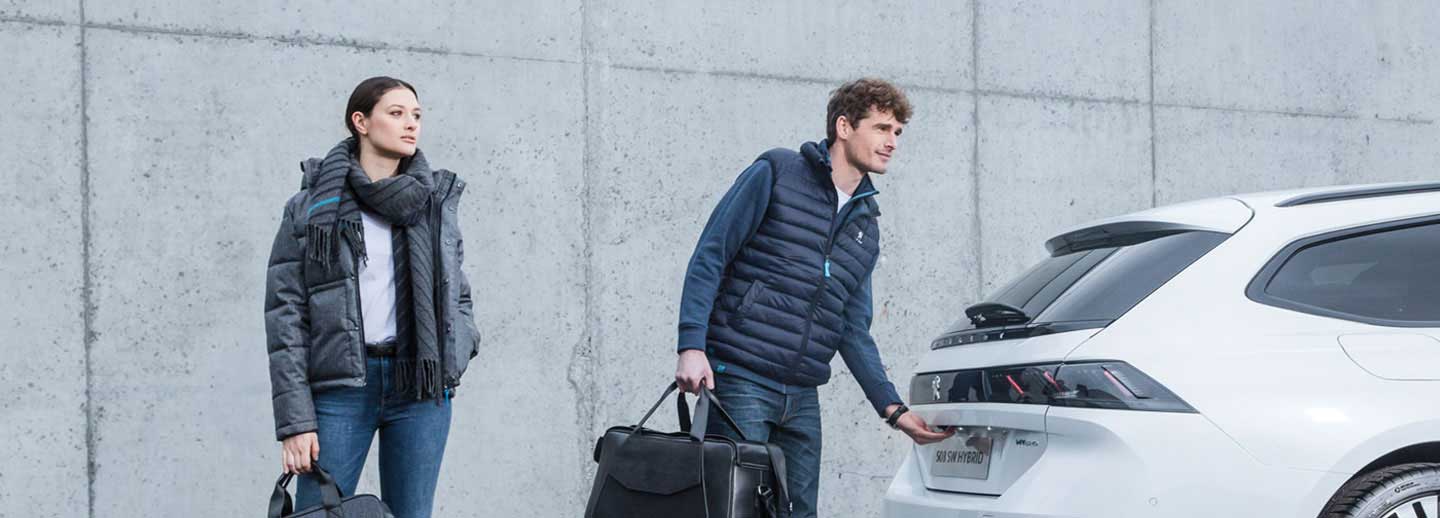Confused about part exchanging a car on finance? Or maybe you’re wondering whether you can trade in your existing financed vehicle for a newer model.
In both cases, you’ll be happy to know it’s often possible to part exchange a car with outstanding finance, depending on your agreement and the car’s current value.
To make things clearer, we’ve put together a short explainer with key information about part exchange, including how the process works, whether it might be right for you and what finance agreements offer part exchange.
Thinking of part exchanging your car for a new one? Find a retailer to get started.
How to part exchange a financed car
Part exchanging a financed car might seem overwhelming. The exact steps vary, but the process can be simplified as follows:
1. Check your agreement
Initially, you’ll need to check your finance agreement to see if you are eligible for part exchanging. In some cases, finance plans don’t permit part exchanges.
We offer part exchange on the following agreements:
However, the following agreements we offer do not include part exchange options:
2. Ask for the ‘Settlement Figure’
If you are eligible, you will need to ask your finance company for a settlement figure. The settlement figure will be calculated based on the remaining payments left on the term of your agreement or loan, plus the interest (from the agreed rate), and any additional fees.
Stellantis Financial Services customers can register or log in to their online finance account. Here you can review your agreement details to check if you’re eligible for part exchange, view and manage your remaining payment schedule or get in touch with our teams for assistance.
3. Determine the ‘trade-in value’
Once you have the settlement figure, you will need to find a retailer to part exchange with. From there, they can determine the trade-in value, the price they’re willing to buy your current car for.
You may wish to do your own research and comparisons so that you have an idea of your current car’s value.
4. Negotiate a price
Remember, you’re not obligated to take the first retailer’s offer if you’re not satisfied with the amount. You might choose to negotiate with multiple retailers based on your research and the previous quotes that you’ve been offered.
5. Accept the part exchange offer
Once you’re happy with the retailer’s valuation, you’ll then need to accept the part exchange offer, provide your settlement figure, hand over your V5C logbook, car manuals and documents (such as service or MOT papers), and give them your finance company’s details.
As long as the retailer has everything they need to complete the process, you’re then ready to complete the exchange on your current vehicle. Once that has been completed you can start a new finance plan and drive away your new car.
Although the final stages of your part exchange may vary, the retailer will be able to support you with the rest of the process, including understanding what balances need clearing from your old finance agreement.
Is part exchange right for me?
Knowing whether part exchange is right for you is an important step towards getting the right vehicle on the right agreement.
Advantages of part exchange
- It’s likely to be much less time-consuming than selling the car yourself, as the paperwork is handled by the retailer.
- If you have positive equity, you may not have to clear your agreement before part exchange, in this case, the retailer will clear this for you and pay you the difference.
- You have more reassurance as the car will be inspected by a retailer, reducing the risk of complaints or returns that can come from a private sale.
- The flexibility of changing cars more frequently can be helpful if your vehicle requirements change sooner than expected, such as when you want a new larger or more fuel-efficient car.
Potential drawbacks to keep in mind
- When you switch agreements, negative equity will need to be paid off. Although your new agreement will be dealt with separately, you’ll have to pay off the remaining debt first, if there is any. It may be worth considering this if you’re not far into your current agreement, as the remaining debt could be higher.
- You probably won’t get as much money for part exchanging your old car as you would for selling it privately. Retailers need to ensure they can cover costs for repair and advertising when they resell your car. So if you want to get the most money, a private buyer may be more appropriate.
- Different retailers will likely offer you different trade-in values for your part exchange vehicle, which means you may have to talk to a few retailers before you get a price you’re happy with.
What finance options offer part exchange?
Our car finance options that include the possibility to part exchange are:
Personal Contract Purchase (PCP)
A Personal Contract Purchase plan involves buying the car with a deposit and paying equal monthly repayments on a term between 25 and 49 months. Based on your predicted mileage and terms, you’ll receive a balloon payment–also known as Guaranteed Future Value (GFV).
At the end of the term, you can either hand the car back (additional charges may apply subject to mileage and condition), pay off the balloon payment and keep the car, or part exchange it.
Conditional Sale (CS)
A Conditional Sale (CS) agreement involves purchasing the car with a deposit and equal monthly payments over 12 to 60 months.
At the end of the term, the car is owned by you. At this point, you can part exchange it with a retailer. This is preferable, as you’ve paid off the vehicle. However, you can also part exchange at any point in the agreement should you clear the equity beforehand.
Not sure what agreement is right for you? Try our interactive finance product tool to find a plan tailored to your needs.
What finance options don’t offer part exchange?
Our car finance options that do not include the possibility to part exchange are:
Personal Contract Hire (PCH)
On a Personal Contract Hire plan, you will:
- Enter into a rental agreement (subject to VAT rate changes)
- Start with an advance of 3 months worth of payments (based on your predicted annual mileage)
- Make equal monthly payments over 18 to 60 months, without committing to full ownership
At the end of the agreement, you must hand the car back to the retailer.
Flex & Free
Flex & Free is a flexible car lease agreement, where you will:
- Pay 3 monthly rental payments in advance (based on your agreed annual mileage)
- Make fixed monthly payments for 48 months to use the car. (Note you have the option to change vehicles every 6 months without penalty)
Each time you change vehicles, you start a new 48-month Flex & Free agreement.
What to do if you want to part exchange your car
As you can see, part exchanging your old financed car for a newer model is possible. To summarise, the process is to check if your agreement allows part exchange, get your settlement figure (Stellantis Financial Services customers can register or log in to their account to do this), find and negotiate the vehicle price from the retailers, and accept the exchange; the retailer and your finance company should be able to do the rest.
Part exchanging could be a suitable option for someone looking to change vehicles due to a shift in their personal needs, and who wants a hassle-free way to do so – or to avoid selling through a private party.
Stellantis Financial Services part exchanges cars on several vehicle finance options. We also provide an array of options for business vehicles. To find out more about finance topics, car maintenance, and more, take a look at our Driver’s Hub.




